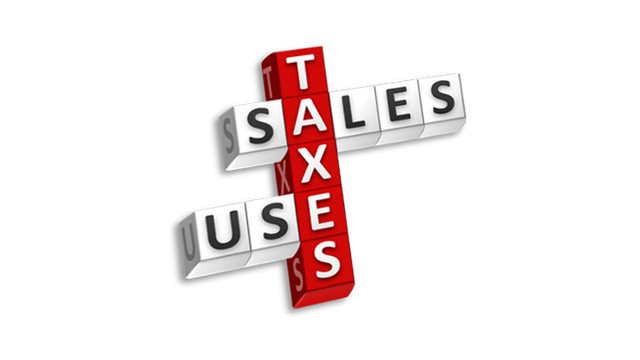U.S. sales tax rate changes reached a 10-year high in 2023, proving once again that it will be challenging for businesses to meet their ever changing compliance obligations. This is according to data in the 2023 End-of-Year Sales Tax Rates and Rules report, which is conducted annually by Vertex a provider of tax technology solutions.
In 2023, businesses faced 444 sales tax rate changes spanning state, county, city and district jurisdictions, marking a 17% rise from last year’s combined rate changes. This surpasses the former record of 412 rate changes witnessed in 2017.
Beyond that, the total number of rate changes combined with jurisdictions imposing new sales taxes (amounting to 676 in 2023) is second only to the 724 changes and new sales taxes that occurred in 2017.
“Tax professionals must anticipate and stay ahead of these changes by monitoring what’s driving them and understanding their potential implications on the future of the indirect tax landscape,” said Michael Bernard, Vertex Chief Tax Officer. “This is increasingly important given the escalating complexity of the tax environment both domestically and internationally.”
The record number of U.S. sales tax rate changes in 2023 caps a decade-long trend. On closer examination, a distinction in rate changes becomes evident. State sales tax rates have held steady or decreased slightly in the past several years, while the number of new district taxes has ranged from 115 to a staggering 237 in the past decade. Last year, rate increases outnumbered rate decreases at the county level by a 2:1 ratio. At the city level, rate increases outnumbered rate decreases by 5:1. Jurisdictions at the local level are particularly challenged due to historic pandemic spending costs and inflation.
Though the dynamics and trends shaping the changes in sales tax rates are intricate, they can be traced back to several broader concepts, which include:
- Current state fiscal conditions appear unsustainable: As a result of several years of pandemic-related federal relief, state and local budgets are generally in excellent condition. Signs suggest that fiscal conditions may deteriorate. These include a shrinking sales tax base and widespread cuts to other funding sources coupled with the end of federal pandemic funding and the growing use of sales tax exemptions. These factors mean that more state and local jurisdictions will need to increase sales tax rates, implement new fees and extend sales taxes to new areas like digital goods and services.
- Expansion of sales tax on services seems less likely: As a general matter, most states do not broadly tax services – professional and personal. State and local governments will be looking to expand their tax bases and those jurisdictions will likely introduce additional taxes on digital goods and services. That is, in part, because another mode of expanding the sales tax base — applying taxes to services — seems unlikely to occur in the U.S. Although up to half of U.S. gross domestic product is generated by services, states have encountered hurdles when attempting to extend sales taxes to this area. New regulations must be drafted, more auditors need to be trained and hired with substantial process overhauls and related behavioral changes must be performed for services taxes to succeed. These requirements are significant, which explains why the widespread adoption of new services taxes by state and local jurisdictions is unlikely.
- Global perspective – get ready for e-invoicing: Outside of the U.S., two trends loom large. First, environmental-related taxes and fees are increasing throughout the European Union (EU) and other regions. Second, the adoption of new e-invoicing requirements in the EU and other parts of the world will add to the compliance complexity businesses face. E-invoicing rules require indirect tax groups to get up to speed on complex requirements — distinguishing between tax compliant invoicing and e-invoicing — and the major process and technology-related adjustments these compliance mandates necessitate.
Looking ahead at 2024, sales tax and rate changes are shaped by a multitude of factors including differing jurisdictional trends, unsustainable fiscal conditions and the unlikely expansion of sales tax on services. While we’ve noted that state sales tax rates are consistent or slightly decreasing, they stand in sharp contrast to rapidly increasing district, city and county taxes. The current fiscal conditions, propped up by pandemic aid, are likely to face future challenges, prompting an increase in taxes on digital goods. Despite existing obstacles to imposing taxes on services in the U.S., globally we’re seeing a transition toward environmental taxes and a significant surge in e-invoicing requirements, especially in the EU. Consequently, these changes impose a demand for quick adaptability and major procedural shifts within indirect tax groups.
For more information, download the full 2023 End-of-Year Sales Tax Rates and Rules Report here.
Thanks for reading CPA Practice Advisor!
Subscribe Already registered? Log In
Need more information? Read the FAQs
Tags: Sales Tax, Small Business




